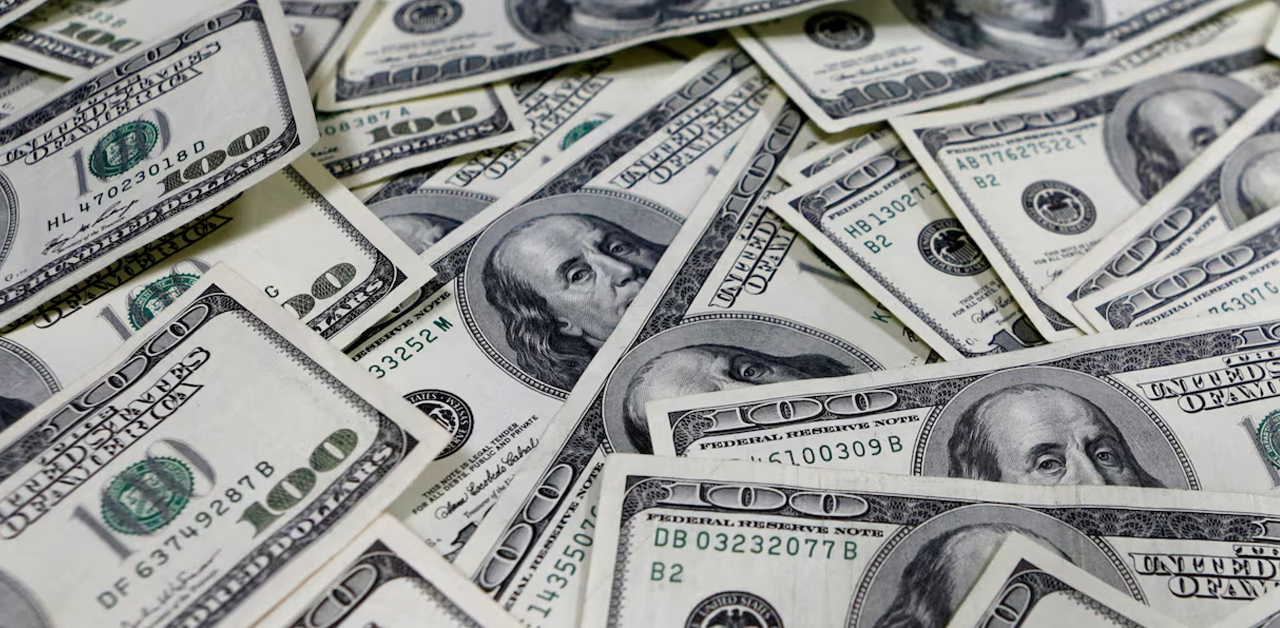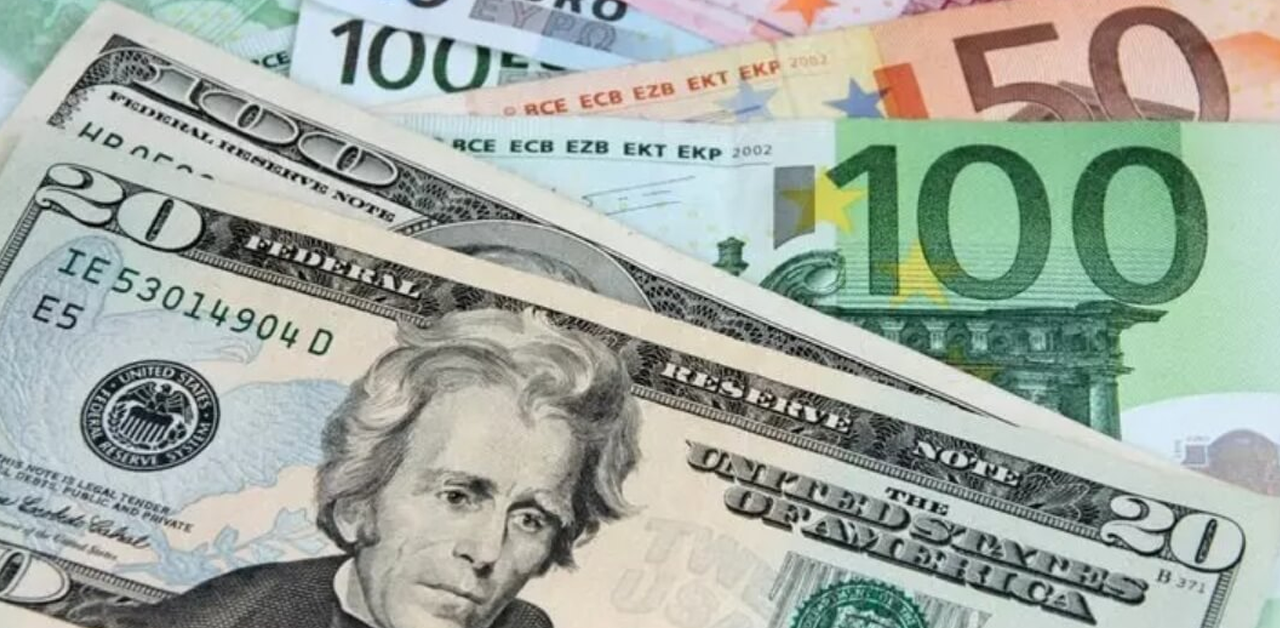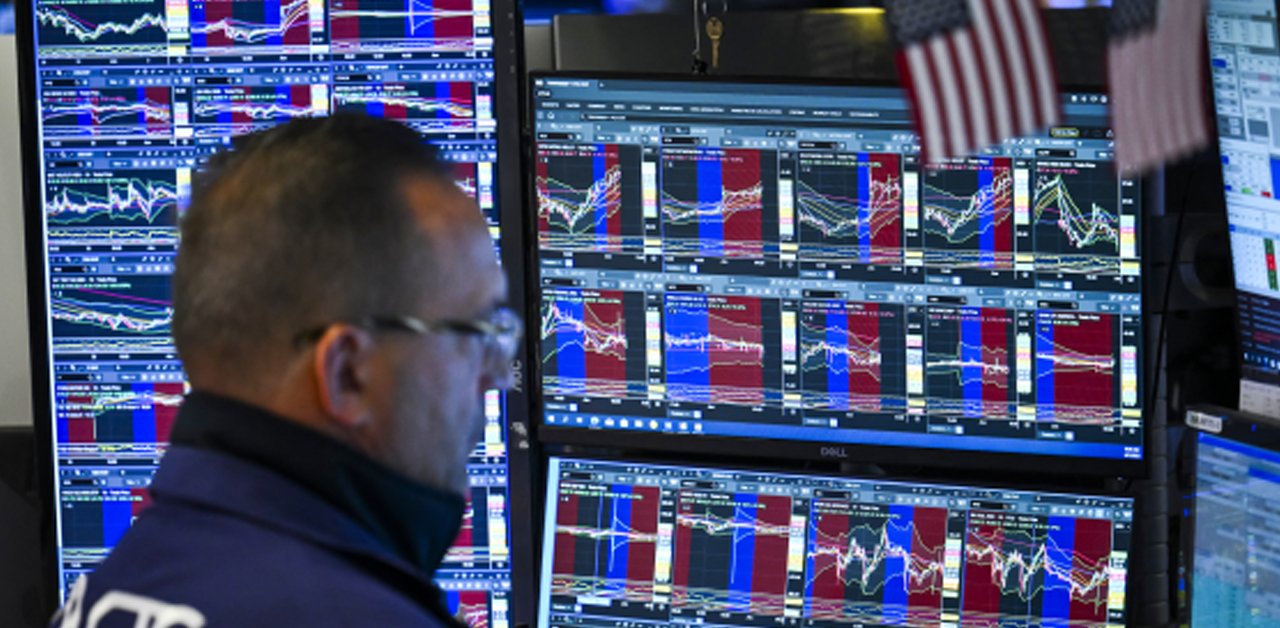Today’s FOMC Will be a Key Focus for China and Hong Kong Stocks
China proxies; Hang Seng Index, Hang Seng TECH, and Hang Seng China Enterprises have outperformed S&P 500 & MSCI All Country Asia ex Japan since 31 May.
This outperformance has been reinforced by more impending monetary policy easing measures from China’s central bank, PBoC.
The key risk to derail the current bout of animal spirits in China and Hong Kong stocks will be a further upward trajectory of the USD/CNH (offshore yuan).
China’s top policymakers are now in a “heightened state of alert” mode to address the current weakening internal domestic consumption environment after a string of disappointing and lackluster key leading economic data such as the NBS Manufacturing and Services PMIs surveys and trade balance for May.
Since February, the initial growth spurt triggered by the exit of stringent Covid-19 lock-down measures has dissipated over the last three months which in turn created a challenge for policymakers to achieve the annual GDP growth target of around 5% set for 2023 based on the current piece-meal targeted expansionary policies.
China’s central bank, PBoC cut its seven-day reverse repo rate by 10 basis points to 1.90% from 2.00% yesterday, 13 June; the first cut in ten months after deposit rates of major Chinese state-owned commercial banks were cut last week by 15 basis points and 5 basis points on the three-year and five-year term deposits as per advised by PBoC.
Thus, the odds of a possible 10 basis points cut to PBoC’s other key monetary policy interest rate; the one-year medium-term lending facility (MLF) rate which PBoC lends out funds to Chinese banks have increased where it is to be announced this Thursday, 15 June. Currently, the one-year MLF rate stands at 2.75%, unchanged since August 2022.
If the one-year MLF rate is being reduced, likely, the one-year and five-year loan prime interest rates that are used to price corporate/consumer loans and mortgages will be cut as well in the following week as these loan prime interest rates have tracked closely with the one-year MLF rate in the past.
China proxies-Hong Kong stock indices have outperformed in the past four weeks
The Hang Seng Index, Hang Seng TECH Index, and Hang Seng China Enterprises Index have staged accumulated returns of +8.2%, +13.3%, and +8.8% from 31 May’s lows to Tuesday, 13 June closing levels that outperformed the US S&P 500 (+4.9%) and MSCI All Country Asia ex Japan (6.2%) over the same period.
The movement of the USD/CNH (yuan) tends to have a significant indirect correlation with China-related equities and even the wider Asian ex-Japan stock markets.
As seen from the chart above, the recent bout of pronounced weakness seen in the CNH (offshore yuan) against the USD in place since 30 January 2023 has also led to a similar downtrend movement seen in the CSI 300, Hang Seng China Enterprises Index, and the MSCI All Country Asia Ex Japan.
Therefore, for the recent positive animal spirits to persist in the China and Hong Kong stock indices, the six months of medium-term uptrend seen in the USD/CNH needs to take a pause and staged a corrective pull-back.
From a technical analysis perspective, the up move of the USD/CNH has reached the upper limit of a medium-term resistance zone of 7.1445/7.1730 (printed a current intraday high of 7.1789 at this time of writing).
In addition, the sovereign bond 2-year yield spread of the US Treasury over China has continued to widen since 3 May 2023 which in turn supports the ongoing USD strength over CNH. Interestingly, the US-China sovereign bond 2-year spread is now a whisker away from its key resistance of 2.65% (2.57% intraday).
Given that the bias of the China 2-year sovereign bond yield is likely to be on a path of downward trajectory due to impending monetary policies easing from PBoC. Thus, the other side of the equation will now be paramount which is today’s Fed FOMC outcome, dot plot projections, and future US monetary policy guidance that is likely to be the last remaining pieces of the jigsaw puzzle to determine whether the current leg of positive animal spirits can persist for China and Hong Kong benchmark stock indices.











